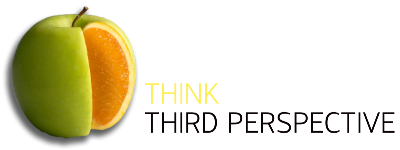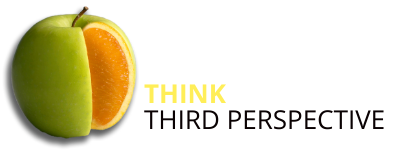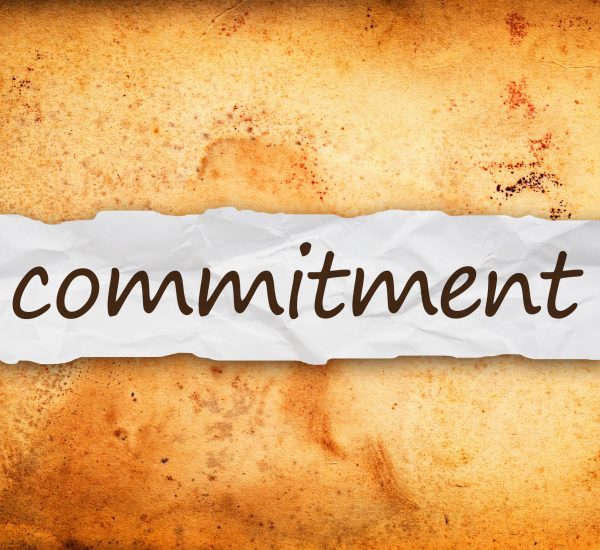Is lifelong meditation a waste of time?
Every spiritual Guru or life coach advises us to meditate everyday. Most of us practice it religiously without ever thinking about the real objective behind meditation. It is considered to be crucial for the well being of a person, not just mental but also physical. However, the reasons could vary from person to person.
The word meditation springs up in one’s life from the desire to:
– Alleviate stress
– Beat anxiety
– Be mindful
– Increase focus and concentration
– Relax
– Sleep better and the reasons may vary
Drawing a parallel here, one goes to the gym for varied reasons that could range from:
– Losing weight
– Toning our muscles
– Putting on mass
All the reasons mentioned above are result based goals. (The detailed account on Goal setting is provided in our blog, Why are current Goal setting methods a failure?) We cannot achieve a result based goal without an effort based goal.
The effort based goals on losing weight could be:
– Burn 300 calories everyday
– Run on a treadmill for an hour
Similarly, the efforts in case of meditation could be:
– Chant a mantra
– Focus on your breathing
– Listen to music
The practice of meditation, be it chanting a mantra or listening to music or focusing on your breath is directed towards eliminating the thoughts (future and past).
Let us draw an analogy here to discuss the same in detail. Imagine sailing in a boat, navigating through life like crossing a river full of crocodiles. When we see the crocodiles around us, it actually worries us despite being safe in the boat. Crocodiles here are our thoughts from the past or future. Depending on the situation we are in, the number and size of the crocodiles (thoughts) may vary.
The first objective of our practice
Meditation is like blindfolding us on this journey. We might feel better if we do not see the crocodiles. Even though we stop seeing the crocodiles when we blindfold ourselves, we might still hear them splash in the water. Our objective here is to prolong the duration between every splashing sound. It might take us several trips before we stop hearing the crocodiles splash. Once we reach this stage we will be at ease.
In other words, while meditating it is our objective to chant a mantra, focus on our breath or listen to music to make sure external thoughts do not come in. Initially, the frequency of thoughts might be very high. The practice of meditation is to be able to sit for a longer period without any thoughts coming in.
To clarify it further, we might have dedicated a specific duration (15 minutes or an hour) for meditation in a day. Our focus during our practice should not be about sitting for the specific duration, instead it should be about sitting for a longer period without any thought coming in. The time dedicated for meditation in a day will be made up of multiple thoughtless sessions. Our objective would be to increase the duration of thoughtless sessions until we are able to have a single thoughtless session during our time allocated for meditation in a day.
To reach this state of sitting for an entire session without any thoughts coming in might take us hundreds or thousands of hours and may vary from person to person. Once this feat is achieved we will be able to alleviate stress or beat anxiety and so on.
Is this the real objective of meditation? At least that is what we have been told all this while.
Let us look at another analogy here. What do we do when we have a flat tyre? Do we drive into a gas station and fill the tyre with some air and drive on? We might be able to drive ahead and the distance covered might vary depending on the size of the puncture. But eventually the air will fizzle out. Then what about the puncture?
With the current practice of meditation we have been able to eliminate thoughts which is equivalent to filling the air when we have a flat tyre. Isn’t this what we have been doing? Did we not shut out our problems, the so-called future and past thoughts?
Once we have mastered this, we have to step up our practice and focus towards our second or final objective, that is to fix the puncture for good.
This is where our analogy of crocodiles comes into play again. Until now, we have discussed blindfolding ourselves while we are crossing a river full of crocodiles and our entire effort was to avoid hearing the crocodiles splash. Once we have achieved this feat, it is time to move to the next level in our practice.
The second objective of our practice
The objective here is to slowly peek through the blindfold and watch the crocodiles without getting affected by it. It might take us numerous trips before we can take the blindfold off completely and realise that we are safe in the boat and the crocodiles in the river can do us no harm, then our journey becomes peaceful.
Similarly, the final level of our practice is to let the thoughts come in and not let them affect us. Initially we might be able to handle the thoughts for a short duration and this could increase gradually. Like in the first stage, the time dedicated for meditation in a day will be made up of multiple sessions. Otherwise, in each session our effort should be to sit for a longer period with the external thoughts not affecting us. It might take us numerous sessions before no future or past thoughts will have any effect on us.
What is the ultimate objective of meditation?
The ultimate objective of meditation is to learn to live in the moment. With the first level of practice, we learnt not to let the thoughts come in. And the final level helped us to let the thoughts come in and not affect us. Otherwise, we learnt to live in the moment.
Relating the question to the example of losing weight; would you continue to run on the treadmill once you have attained the desired weight? Certainly not. The same is the case with meditation. Once we have learnt to live in the moment we can stop meditating.
Let us know if you are in the first or final stage of practice in the comments below. Love to hear from you.





